A biodynamic farm in Taoyuan
2 to 5 December 2019
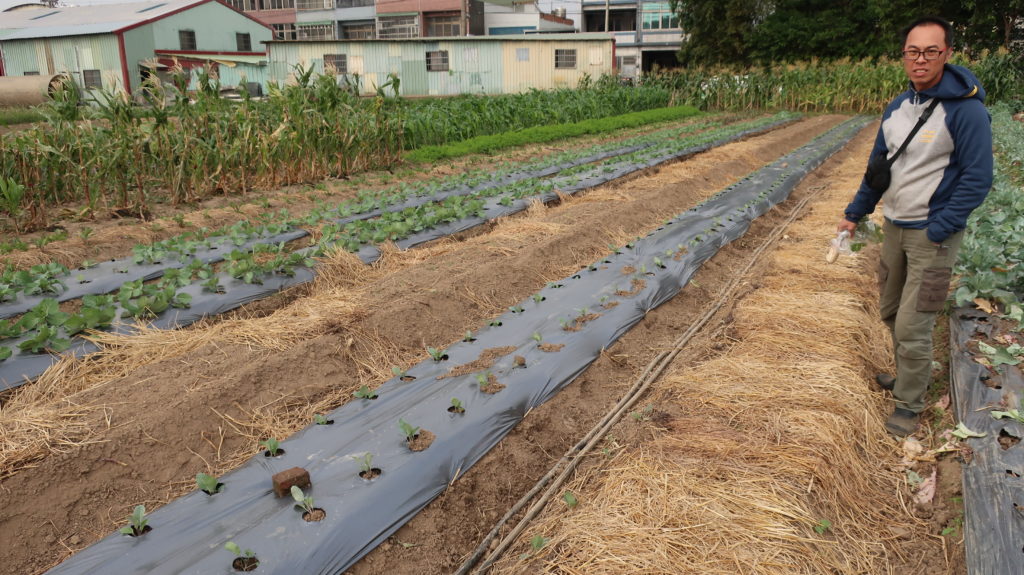
Canon Liu began farming organically 3 years ago. His farm, Xiexiemi organic farm, is located in the district of Yangmei, Taoyuan city. He was inspired to organic farming by learning about biodynamic agriculture, a farming system based on esoteric dogma. However, efficiency primes in his farm, and the work schedule is based more on necessity than on astral rhythms.
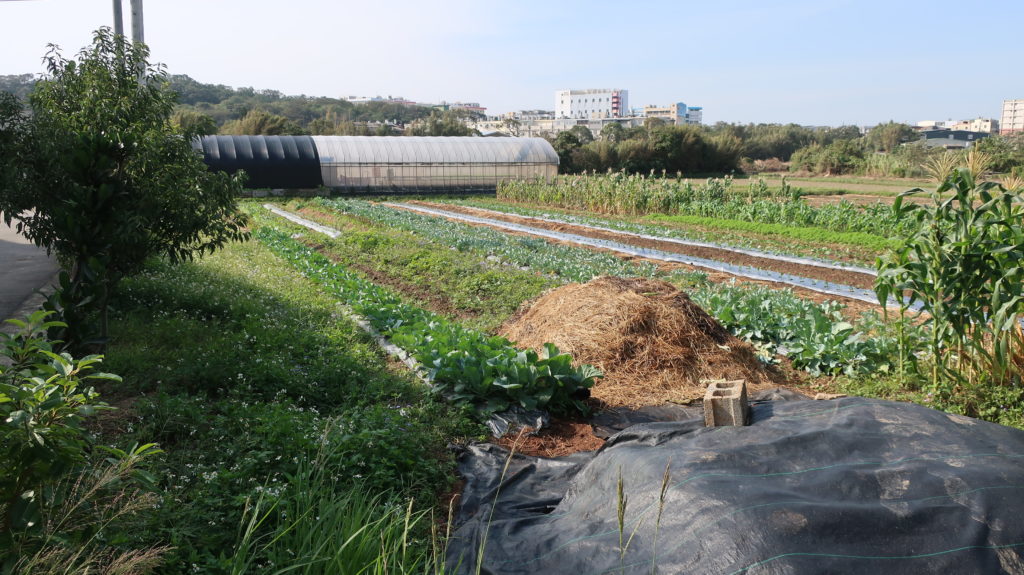
Rice and long season vegetables (cauliflower, sweet corn, carrots…) are cultivated outside, while short season and fast growing leafy vegetables (lettuces, small brassicas…) are cultivated in 8 net-houses.
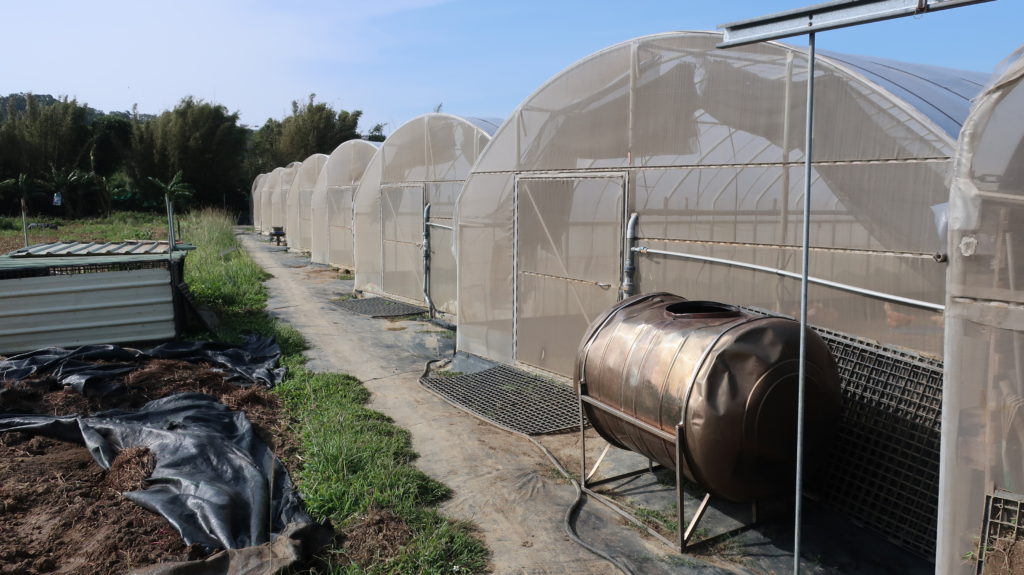
This model of organic short season leafy vegetables is promoted by the Taoyuan city government, as all primary school restaurants need to serve 3 meals with organic vegetables every week. Farmers growing fast growing vegetables nethouses are able to produce up to 12 crops each year!

The downsides are that this incites the cropping of a small diversity of vegetables, the intensive use of outside-bought organic fertilizer (mostly chicken droppings) and of irrigation, and the tilling of the ground between each crops (so up to 12 plowing each year!!!). Moreover, a trivial amount of organic matter is returned back to the soil. This leads to really poor soil structure, totally unbalanced soil life and soil salinization.
Canon Liu is trying to avoid these problems by using homemade compost (richer in slowly degrading organic matter and in microorganisms), producing 8 to 10 crops a year, reducing tillage, and introducing a few chickens in between crops.
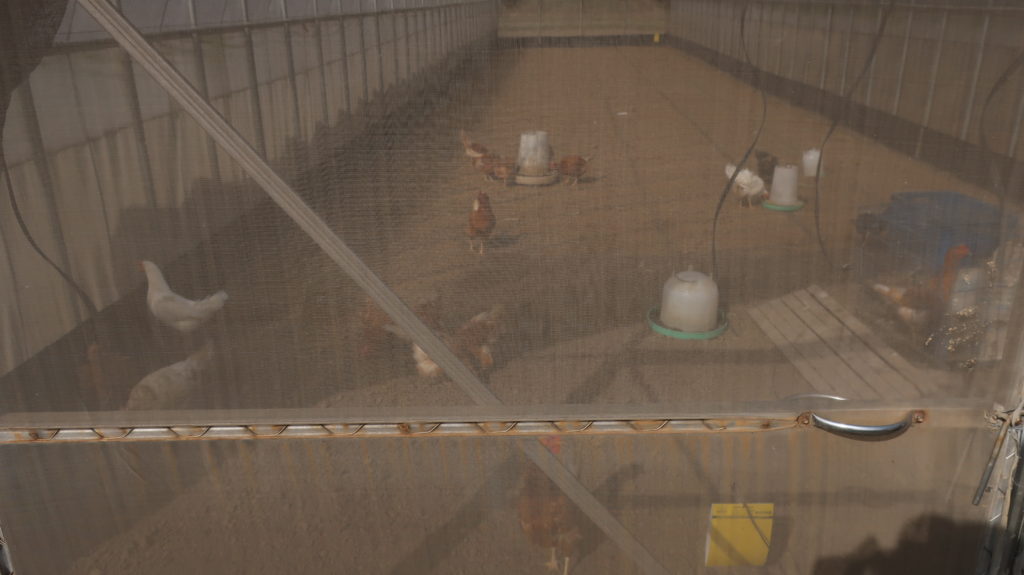
Concerning the exterior crops, as everything was paddy fields before, the soil is mostly compact clay, so Canon Liu is using a subsoiler to decompact the soil deeply without having to till it deeply.
Green manures are also sown during winter in the paddy fields, and homemade biochar( 1) is sometimes used too.

The vegetables and rice produced are sold in the region to some teachers, office employees, and to a restaurant preparing “postpartum meals” (special healthy meals for mothers during the month after giving birth)

Canon Liu try to reduce its use of plastic by packaging vegetables in “agroplastic” made of cornstarch, then retrieving them from clients (when a client gives back 10 clean bags, he gets one vegetable bag for free). Rice is packaged in fabric bags which are also retrieved later and can be used many times.
See you soon for more agroecology !
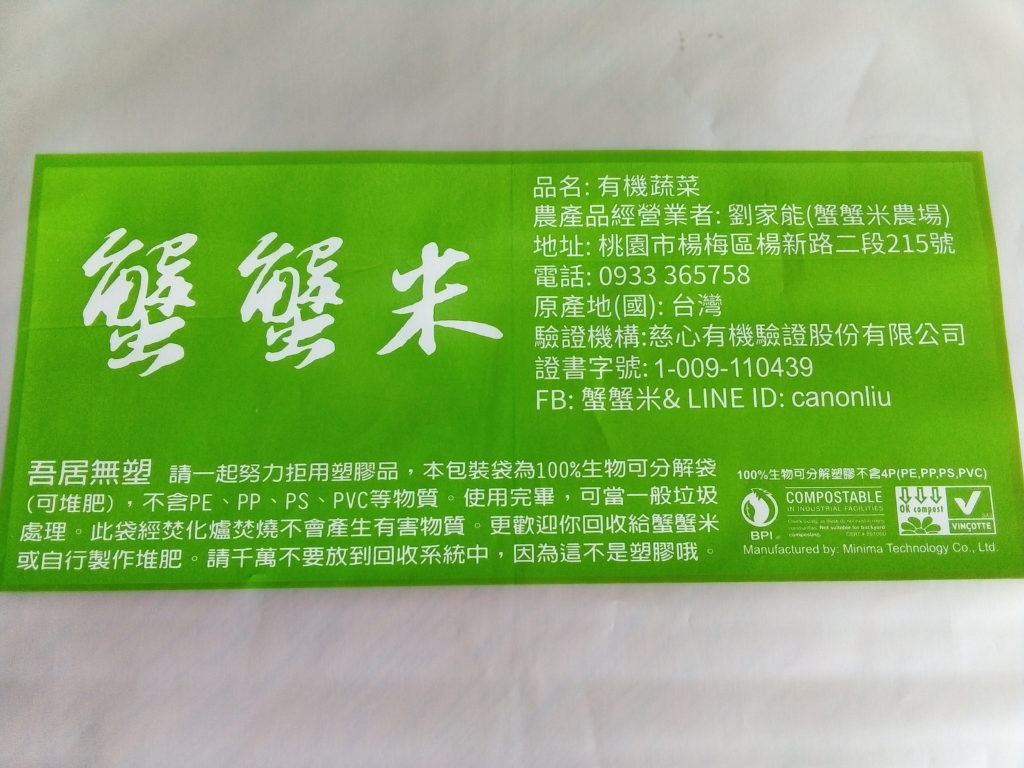
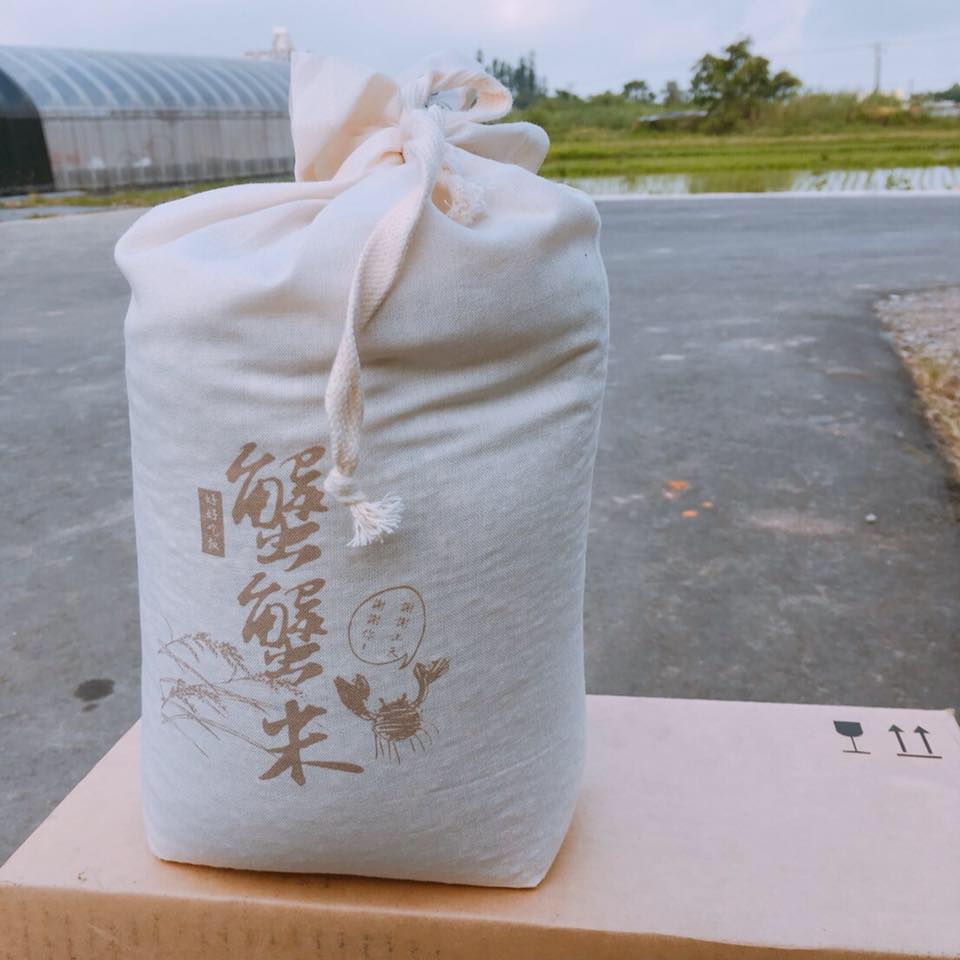
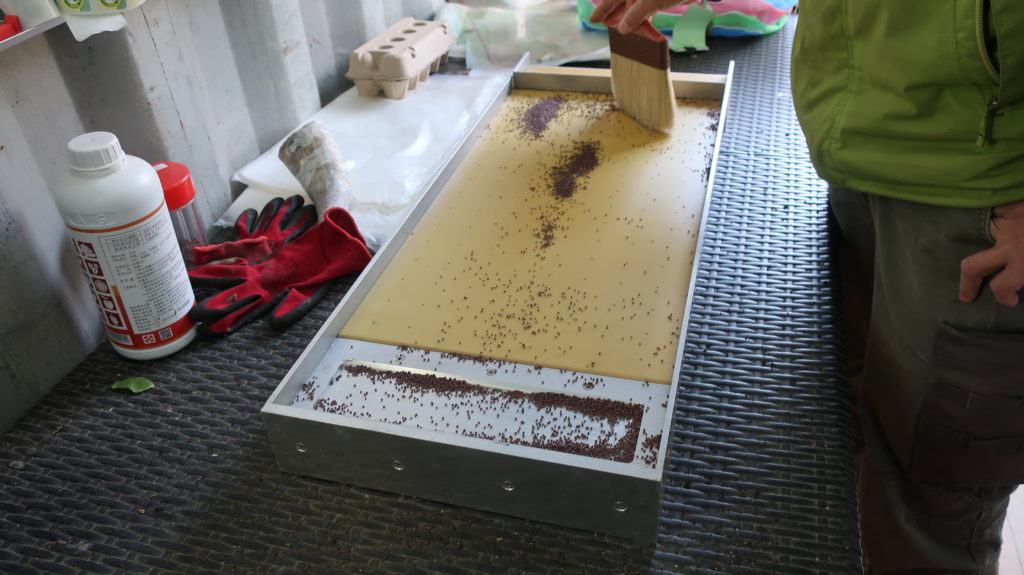
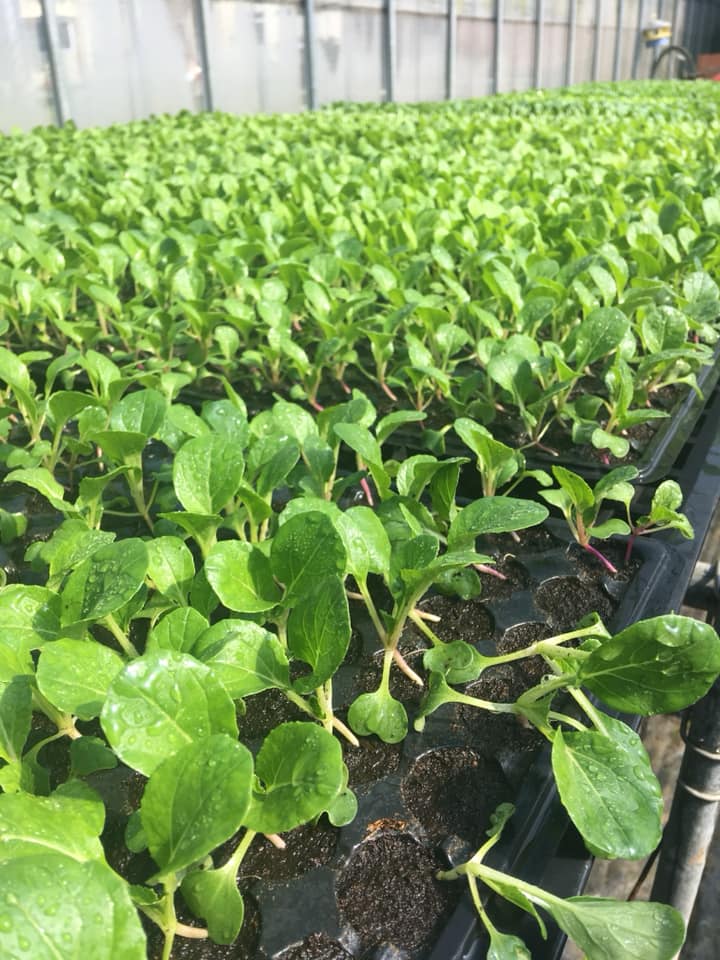
Notes :
(1) Biochar (biological charcoal) is a charcoal made with biomass, often from farming waste (here it is rice hulls), and which is used as a soil amendment (added to the soil to improve it).
Indeed, it increases the soil capacity to retain moisture and nutrients, and helps microorganisms multiply. It is also proposed as a stable way to stock carbon in the soil. (return to text)
